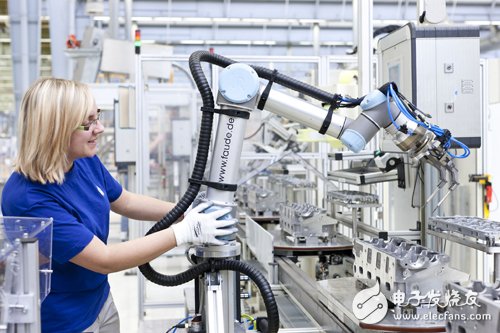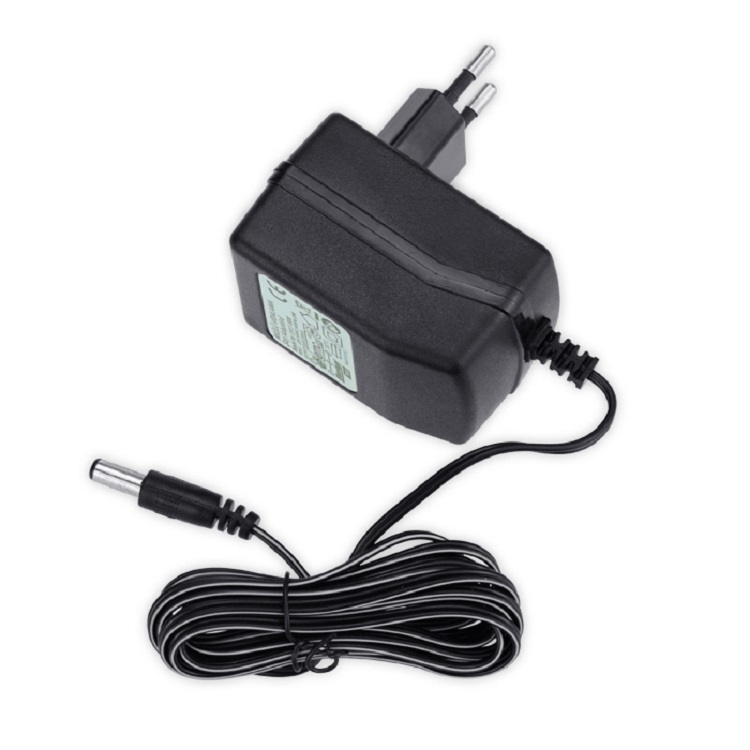Human-machine collaboration is an area with potential for development and a major market for the future. There is no doubt that collaborative robots will become the main force in future industrial production. According to statistics, 2016 and 2017 are the rapid expansion period of collaborative robots in the five core markets of the United States, China, Japan, Germany and South Korea, with growth rates of 153% and 228% respectively. By 2020, collaborative robots The global market value will reach 2.89 billion US dollars.
The next era of robots - man-machine collaboration <br> <br> decades, the automotive industry is exploring the use of robots in the factory Pioneer, this trend today still continues. However, as consumers become more personalized and customized, they are becoming more and more difficult for large industrial robots to manufacture precision-equipped vehicles. According to the data, since 2010, due to the use of industrial robots, US car production has increased at an average rate of about 16% per year. Until recently, companies such as GM, Mercedes-Benz, BMW and Ford began using collaborative robots that were different from traditional bulky industrial robots.
Since automakers have become pioneers in the use of collaborative robots, will the days of collaborative robotics applications spread to other areas be far behind? Of course, collaborative robots are still in their infancy, and by 2020, the global market value of collaborative robots will reach $3 billion.

Since adaptable collaborative robots help Chinese manufacturers to upgrade <br> <br> Currently, governments are upgrading and development of large-scale manufacturing support, such as Germany's "Industry 4.0" and "Made in China 2025" plan, all want to help manufacturing The company increases its automation. In China, the introduction of the “Made in China 2025†plan provides a broad market prospect for collaborative robots. With the changes in China's demographic structure, labor costs are gradually rising, and the application of collaborative robots can reduce production costs and improve labor efficiency.
Currently, demand for collaborative robots in China is rising rapidly as manufacturers demand cost-effective, flexible automation solutions to drive smart manufacturing initiatives. Because compared with traditional industrial robots, collaborative robots have four characteristics: safety, ease of use, adaptability and improvement. Can be widely used in many fields such as consumer electronics, automotive parts, casting styling, and all small parts installation procedures.
The war was going to compete for market share <br> <br> present, with wisdom made increasingly strong demand for transformation, collaborative robot war in the Chinese market rises higher.
In view of the increasing importance of human-machine collaboration in the manufacturing field, the traditional four major families occupying the absolute advantage of the global market for industrial robots are stepping up the layout of collaborative robots. Among the "four big families" of industrial robots, FANUC is the first company to introduce a series of collaborative robots. Compared with FANUC, KUKA and ABB released their own collaborative robots only in 2014 and 2015, and Yaskawa Electric has not officially released similar products.
In addition to traditional robotics companies, some emerging robotics companies are also stepping up to deploy collaborative robots. Compared with the traditional industrial robot giants such as the "Four Big Family", emerging companies such as Rethink and Unio have earlier laid out the field of collaborative robots. They launched a series of robot products a few years ago. However, in the specific market share competition, the traditional industrial robot giants such as the “Four Big Family†have more advantages. Because they have a well-established global business network, they can quickly achieve localized services.
According to the frequency, the Adapter has low frequency power adapter and high frequency Power Supply. The linear adapter is low frequency adapter.
Linear dc power supply is working through the transformer to low the voltage of AC current, and then obtain DC current through the rectifier circuit, and finally obtain a small ripple voltage through filter.
Yidashun can offer different specifications` linear psu such as 15V 200mA, 22V 200mA etc, and Yidashun's linear power adapter has the advantages of high stability, small ripples, and less interference and noise and so on. OEM & ODM linear adapters are accepted by yidashun.



Linear Adapter,Linear Power Supply,Linear Universal Adapter,Linear Power Adapter
Shenzhen Yidashun Technology Co., Ltd. , https://www.ydsadapter.com
